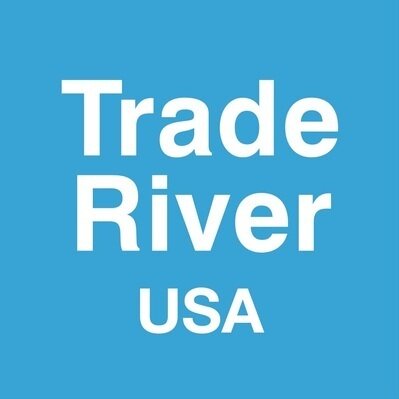What to Avoid: Small Business Cash Flow Mistakes
Say your small business is extremely profitable with an impressive business model guaranteed to transcend time and industry. Say you have great stakeholder relationships and a line of investors out the door eager to invest in your companies values. That is all great, but without proper cash flow management techniques, your small business is sure to sink.
Poor cash flow management is more common than you may think. So much so, that we are able to report on the most popular small business cash flow mistakes that we have seen including tips on how to avoid some of the traps set out before you.
1. No cash flow budget
Companies must utilize a cash flow statement. Think of this as the epicenter for your companies financial health recording and overseeing all expenses and cash coming in and going out of your business. The statement will tell you how well your company manages it’s cash flow position.
Without a cash flow statement, it’s hard to keep a handle on all of the moving parts of your business and keep track of the money that is constantly coming in and going out. This information is absolutely critical for companies who experience elements of seasonality in their business.
Many companies experience peak demand seasons followed by a trough season which translates to peaks and troughs in cash flow. Most notably, the retail industry experiences its peak season during the holidays as more consumers are looking to spend their hard earned dollars on gifts for their loved ones. This peak will require more inventory for a retail business looking to meet demand, but purchasing inventory from suppliers oftentimes requires an upfront fee prior to raking in sales profit. If the retail business does not proactively plan in conjunction with their cash flow statement early on they will likely find themselves in a pinch, unable to pay the upfront fees and in a poor cash flow position.
This is why budgeting and planning are so important so that way companies do not find themselves in a bind where working capital is limited. Companies must plan conservatively so they do not find themselves stretched and squeezed financially.
2. Permitting late payments
Any active business knows the importance of receiving on-time payment. Likewise, any business knows the pain points that accompany late invoices. Sometimes, waiting on a payment can put companies in a very uncomfortable and comprising cash position.
We have seen businesses that prefer to be non-confrontational and while we understand it may not be the most ideal situation in the world to hound your customer to pay and follow up with them on the status of their invoice, it’s important that you do. Companies that are too tolerant and passive in regards to late payments set a precedence with their customers and partners that it’s okay to pay late. If a late payment goes unchecked or unaddressed, it could make matters worse on the both your bottom line and your relationship with your customer.
To avoid being put in such an awkward spot, be sure to set a standard of operating procedures early on. This way boundaries are set and made known from the beginning.
3. Aggressive sales forecasting
Small business owners must create a healthy balance between optimism and objectivity. Optimism can lead to overestimating sales forecasts while objectivity keeps your forecast down to earth and level with the practical and feasible side of the business.
Forecasting can be quite tricky which is why it is crucial to lean into the numbers and data here. Setting high goals is great and perfectly suited for reckless optimism as well as a great morale booster; however, forecasting sales can’t afford that kind of hopeful thinking. Lean into historical industry data and company financial data to inform your companies forecast and do not throw caution to the wind. In this case, being cautious will serve your business better in the long run. Find a source of objective truth and sound judgement to inform your approach to forecasting sales.
4. Overspending
Did you have a parent that raised you to ask yourself ‘is it a want or a need’ when choosing where to spend your dollars? This adage can come in handy for small business owners. Overspending can be the nail in the coffin for a company in a poor cash flow position.
Businesses manage many expenses and some of which are made up of both good and bad investments. It’s important to always consider the bottom line and ROI on each expense to hold the company accountable. Some expenses are clearly necessary showing a favorable return whereas others are poor investments based on unpractical wants.
Business wants and needs must be carefully distinguished from one another for the sake of the companies financial health and growth trajectory. There must be a realistic budget in place that accounts for and takes into consideration those didn’t-see-it-coming costs. All financial decisions and investments, especially early on in a company’s lifetime, should ensure that the benefit to the company supersedes the initial cost.
Cash flow challenges are certainly not one of the more fun parts of business operations management and strategy planning; however, like a right of passage, they’re inevitable. Small businesses should remain objective and proactive to navigate their cash flow position so that they are on track to grow and outlive their competitors. To learn how TradeRiver USA helps bridge cash flow gaps with end-to-end supply chain finance solutions please contact info@traderiverusa.com!

